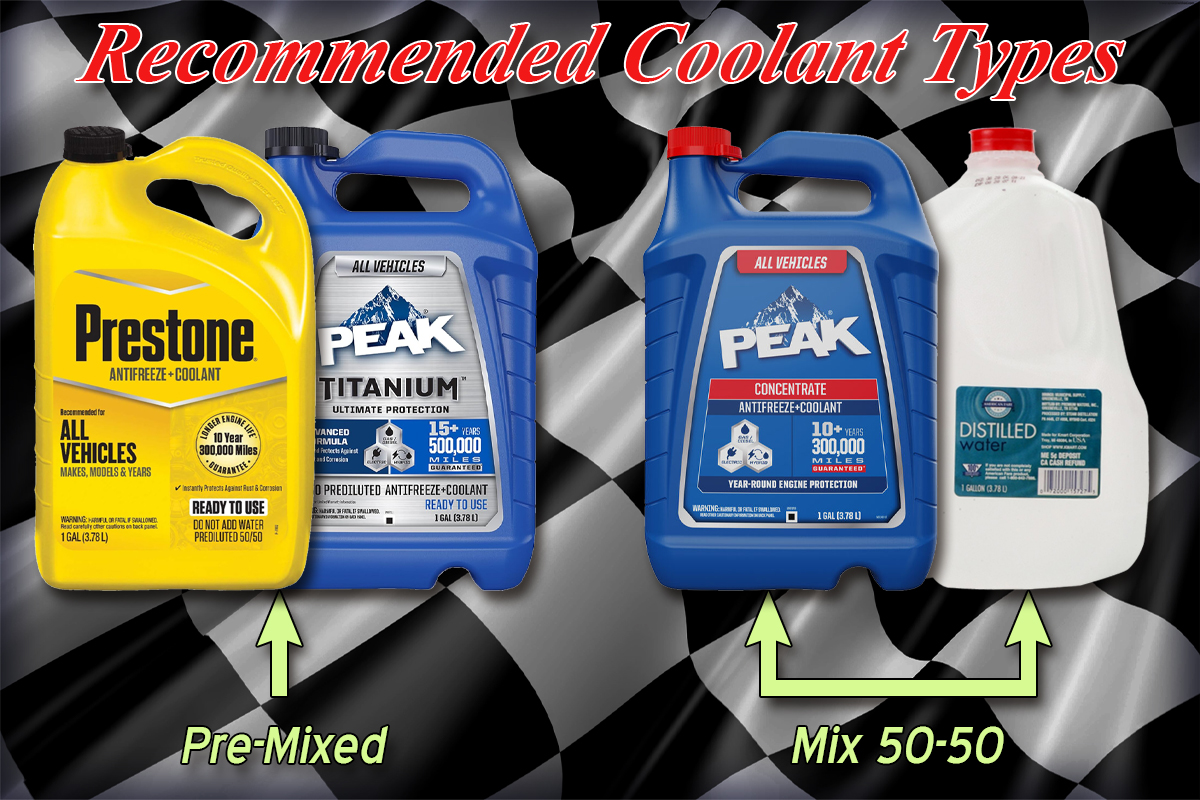Back when I was a manager at a dealership body shop, we had a customer stop by with front bumper damage on his six-month-old car, and he wanted me to take a look at it. Through casual conversation, he stated that he was in a parking garage and thought the car was in reverse, and started to back out. When it wasn’t moving backwards he hit the gas – and much to his surprise, he actually had it in drive and hit the block wall in front of him. When I finished the quote and told him we could repair the damage for about $385, he exclaimed, “But I have the bumper to bumper warranty!”
Most of us can laugh at that, realizing that while the bumper to bumper warranty will cover paint and finish flaws, most warranties will not cover things like negligence, abuse, or damage. Explaining the difference between a manufacturer’s defect and those three should be straightforward, but we still do see our share of warranty claims that are often times on the far, opposite end of a warranty. Typical warranty claims cover manufacturer defects or flaws; those defects on your Champion Cooling radiator would include damage from the factory, or a leak from a weld seam. Flaws could include scratches from the factory, or even dents in the tanks, or bent fins.
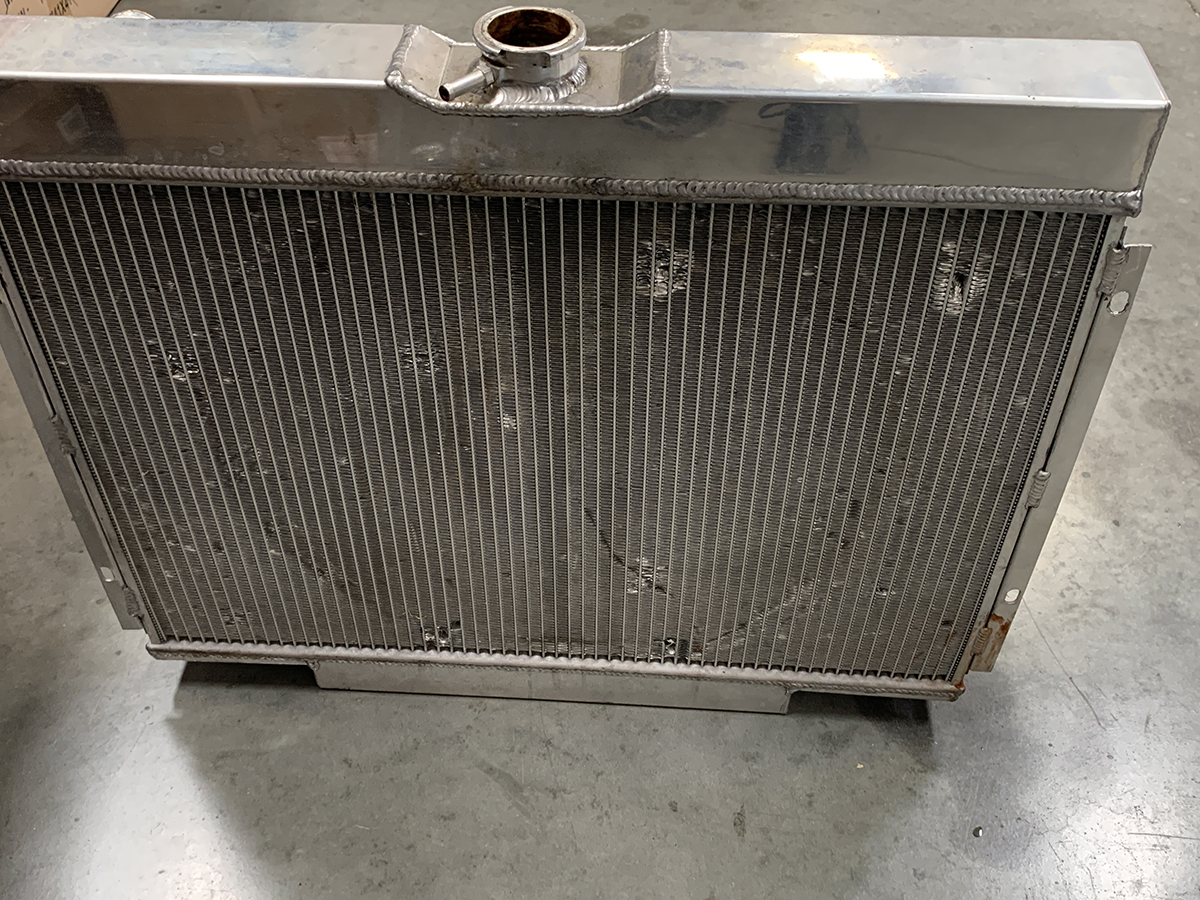
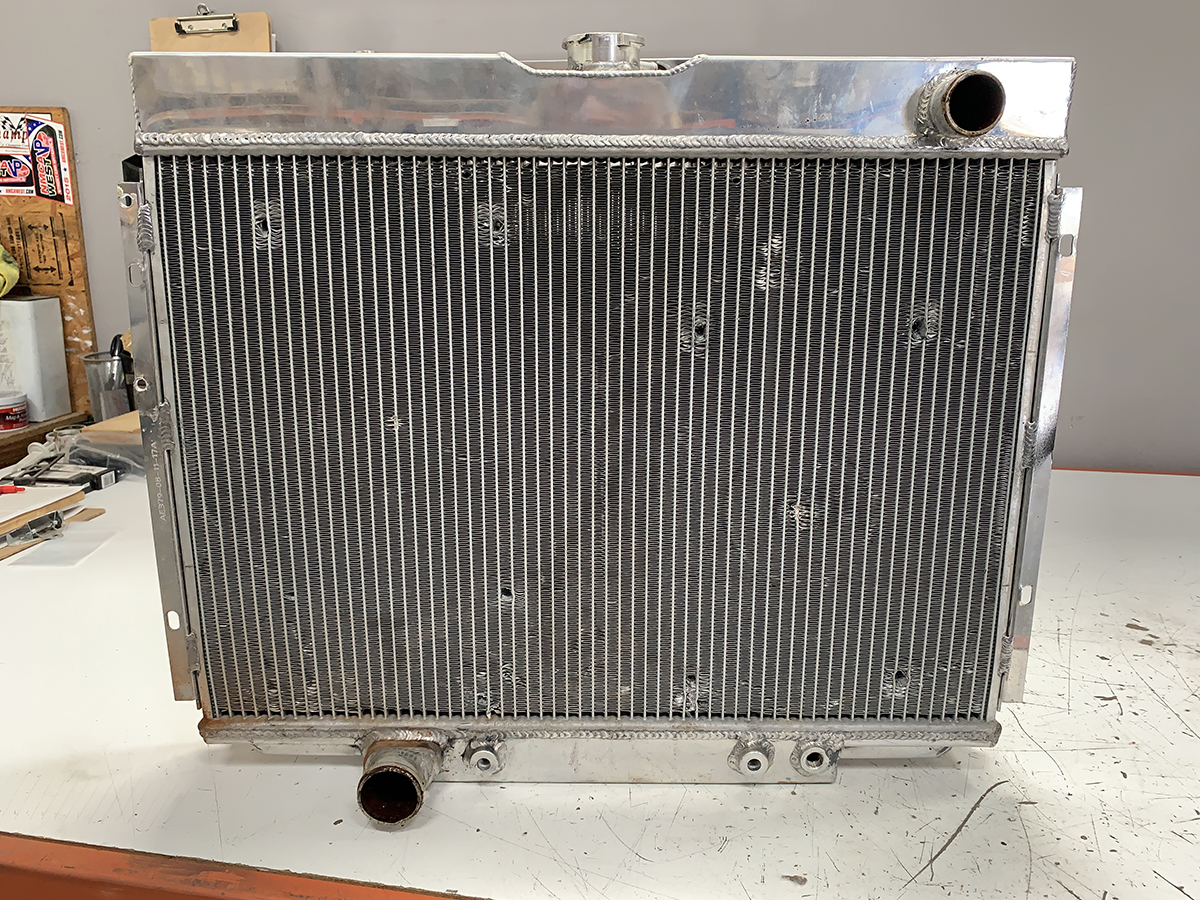 This radiator came back to us under the hopes of a warranty; it is one of the reasons we often will request that the radiator is sent to us for inspection.
This radiator came back to us under the hopes of a warranty; it is one of the reasons we often will request that the radiator is sent to us for inspection.
If any of the aforementioned damages occur through the shipping process, then a claim with the shipper would need to be filed, and it would not be considered a warranty issue because the damage occurred after it left our warehouse. A true warranty matter is often handled quickly by our staff, and a replacement unit can sometimes be shipped on the same day that the warranty claim is brought to our attention. Unfortunately, however, we usually need to see photos of the radiator in question, because there are some who will request a new unit – only for us to find out that the damage was caused by something other than a factory defect.
Such is the case with this radiator we’re sharing with you here. When a claim is made about a leak, and the radiator is in this condition, it’s about the brightest red that a red flag can be. Where do we start with this one? On the outside, we see rust: aluminum radiators don’t rust. We see neglect: there’s a lot of dirty coolant (if there was coolant) in the fittings and filler neck. Then we decided to cut the upper tank off, and this is what we find: debris, rust, gunk, and solids that we can’t even begin to describe. And the smell from inside the radiator can only be described as, “some type of solvent or cleaner,” which should never be inside your engine in the first place.
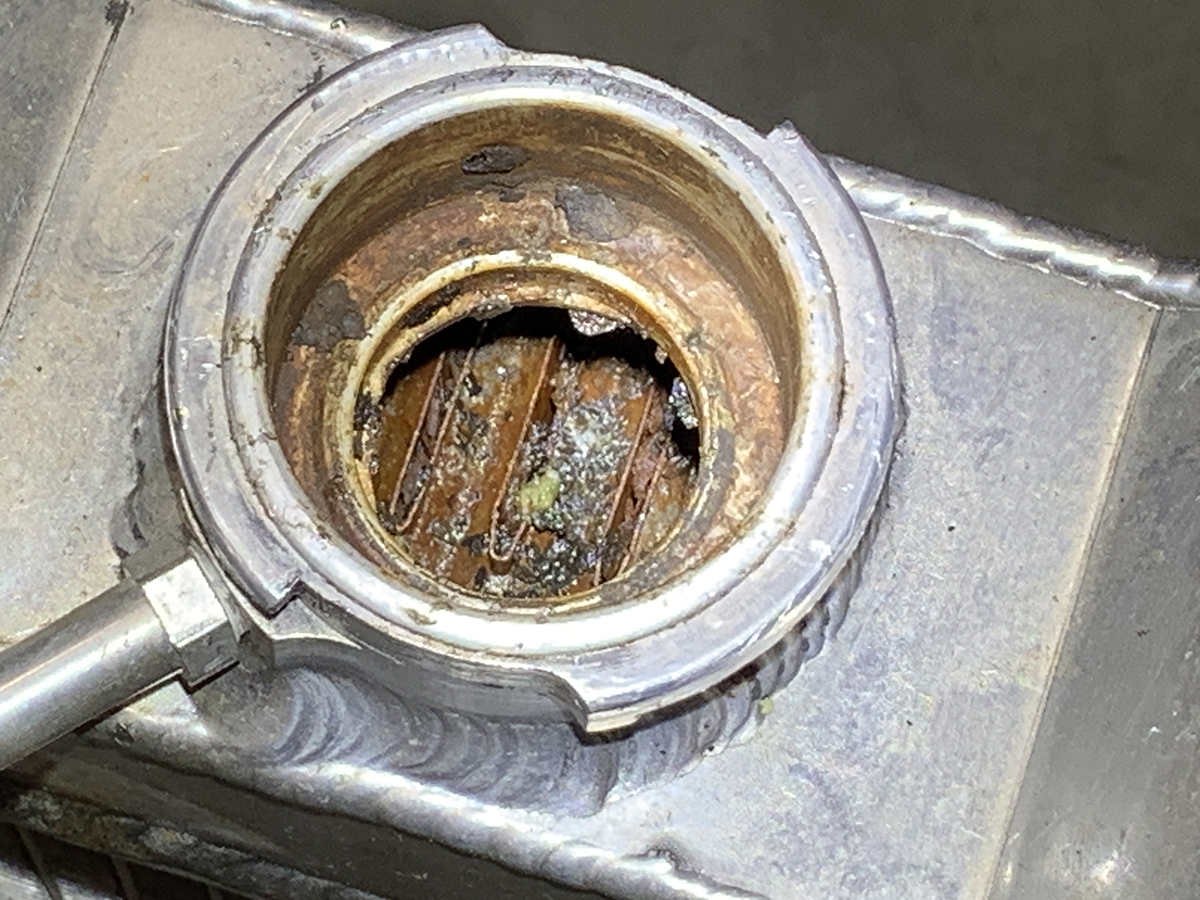
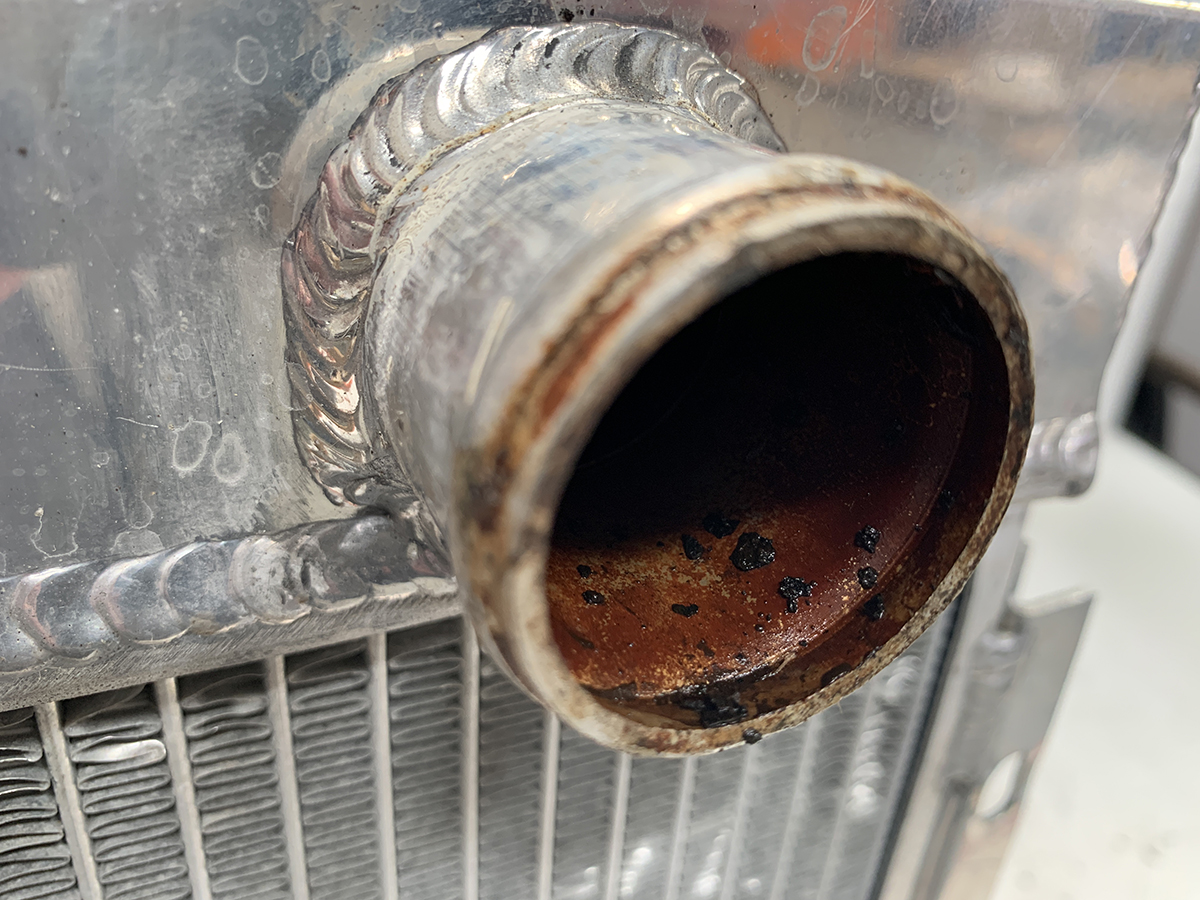
After removing the cap, we could see that this radiator has been neglected for quite some time, and the signs were obvious.
Needless to say, this radiator does not fall under the Lifetime Conditional Warranty against manufacturer’s defects. As with any new product purchase, the assumption is granted that care and maintenance is a staple of maintaining the warranty status. Any type of abuse or neglect can, and often does, void the warranty, and this radiator is the example of neglect and abuse.
What would have maintained the warranty with this particular radiator? Beginning with the proper coolant is a start; Champion recommends coolant that is listed as “Safe for All Vehicles,” for all of our radiators (gasoline engines) and Peak Final Charge (diesel engines). The next is to be sure that rust and debris don’t enter the radiator from the engine; a good, non-chemical engine flush is recommended. We strongly encourage that chemical flushes are avoided, since they can loosen gaskets and seals from older engines, thus sending the debris into the radiator where it can plug the tubes. Another thing to consider is how and where fans/shrouds are mounted.
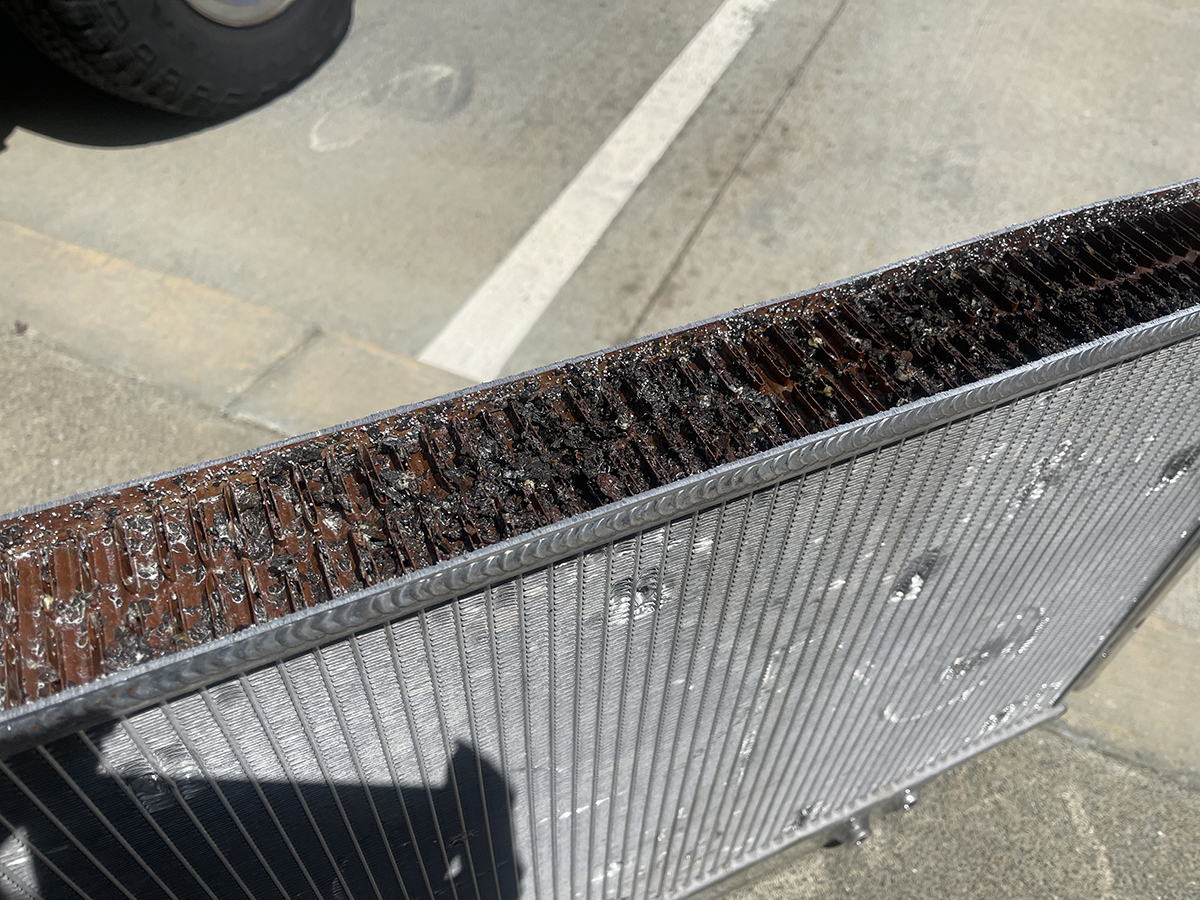
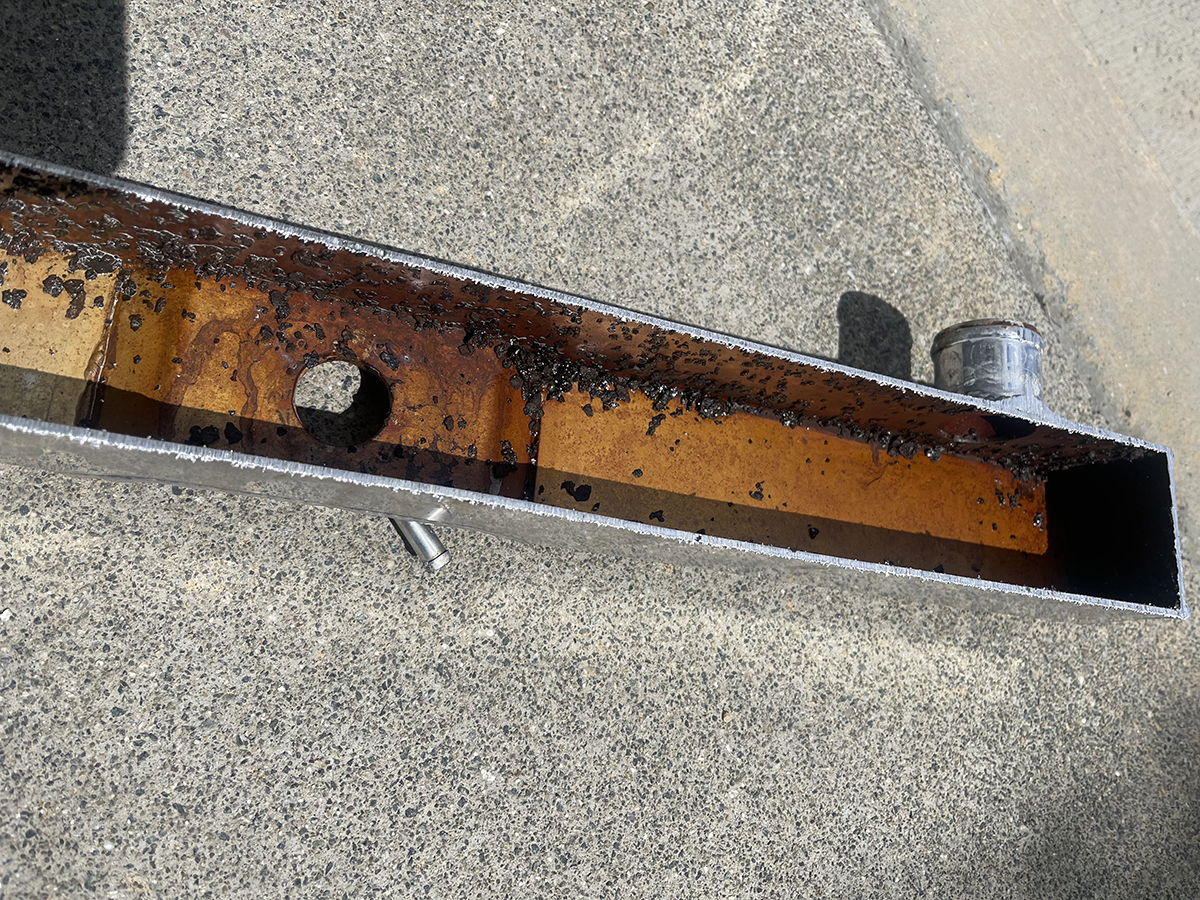 There were solids and liquids and gases that had nothing to do with a cooling system! This was one of the worst cases of abuse and neglect we’ve ever seen.
There were solids and liquids and gases that had nothing to do with a cooling system! This was one of the worst cases of abuse and neglect we’ve ever seen.
Coolant
As mentioned above, for gasoline engines Champion Cooling Systems’ official coolant recommendation is coolants listed as “All Vehicles,: either in concentrated or 50/50 pre-dilluted. Coolants with this quality are generally safe for all engines, and won’t harm sensors or components. We’ve tested it and have found it to be the best coolant for your driver. Your coolant should be monitored, and flushed and changed whenever you start to see rust or discoloration. A good interval for changing your coolant, depending on how often you drive your vehicle, should be about every few years.
Some have asked about waterless coolants, such as Evans, and that is also a great coolant for vehicles that sit for long periods of time. It’s pricey, about $60+ per gallon, so it may not be the best for your daily/regular driver. Evans requires no more than 3% water or glycol-based (green) coolants, or it will contaminate the Evans coolant. If you do have a leak, you can add water or green coolant to get home, but then you must flush the entire system and refill with Evans, which essentially increases the boiling point, thus reducing pressures.
For diesel engines, Champion Cooling Systems recommends Peak Final Charge, particularly for sleeved cylinders, such as in some Cummins engines. Final Charge helps to prevent cavitation, which is inherent with sleeve engines. We are adamant about not using the fancy coolants, like DexCool, Toyota pink coolant, or Motorcraft Gold coolant, as these will void your Champion warranty.
Coolant Flush
While some companies recommend a chemical-type coolant flush, we recommend using straight water; you can fill with water, get it up to temp, then drain and flush to remove debris and rust, and refill with Peak coolant. Chemical flushes – particularly with older engines – can eat away at older gaskets or seals, and we’ve seen where the debris can get trapped in water ports and eventually break loose and end up in the radiator, where it can block passages. We’ve seen cases where the debris continued for months after the chemical flush was performed.
Coolant additives
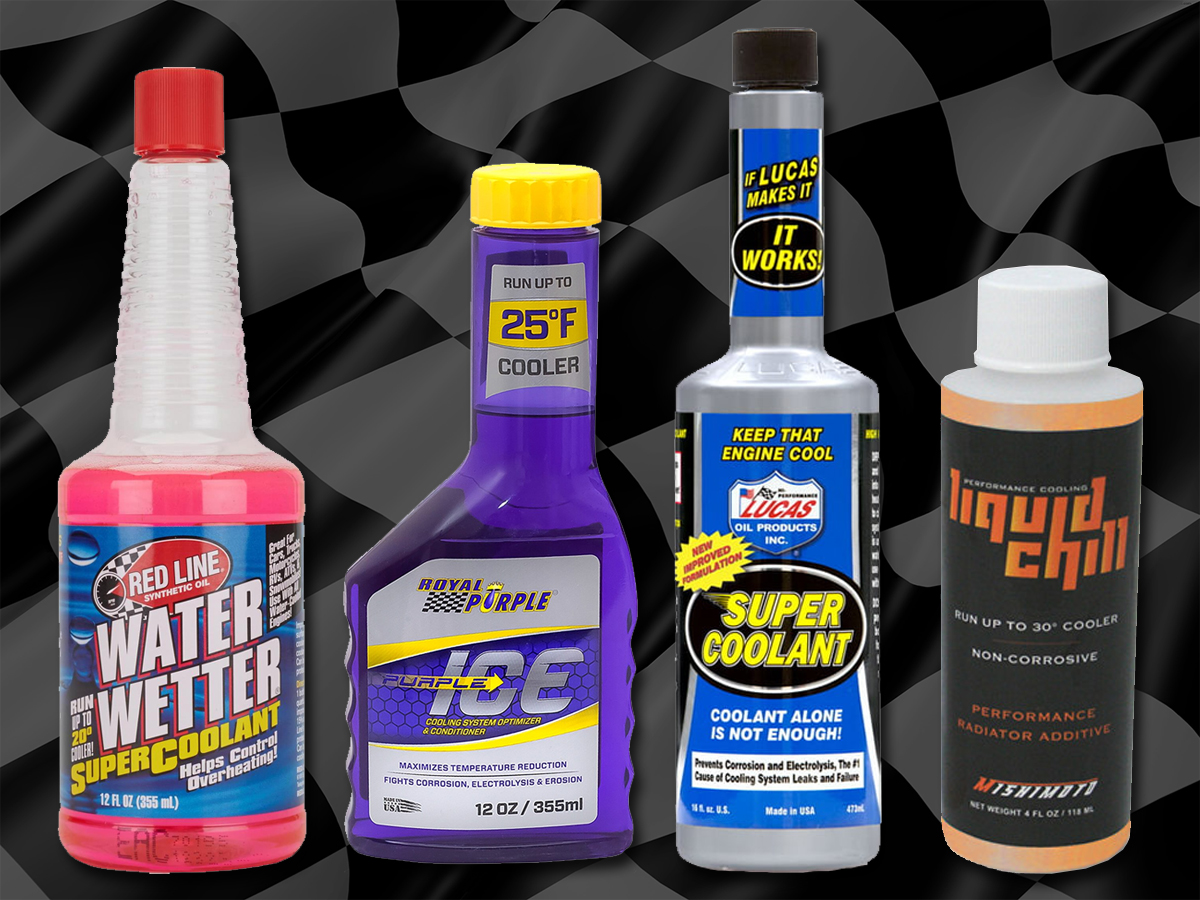
The story behind coolant additives began when racers weren’t allowed to run a glycol-based coolant on the track. If you’ve ever walked through coolant that was on pavement, then you know it can be slippery, and it’s not easy to clean up. The downside to running straight water is that your boiling point is lower, and pressure builds quicker than it does with coolant – and that can lead to higher temperatures, fluid loss, or boiling over. Enter coolant additives.
These additives helped to raise the boiling point and reduce pressures and surface tension, thus helping to reduce temperatures, as well. But they couldn’t sell enough of it at the track, so it was marketed to the street crowd with promises of running up to 22º cooler, and there’s a problem with that logic. If you’re running at 180º, you don’t need to run 20º cooler, and if you’re overheating, you should fix the problem – and not pour a Band-Aid into your radiator.
I have personally tested four brands of these additives and have seen little to no changes in my cooling system – mostly because I maintain my cooling system and change the coolant regularly, as well as keep the cooling system clean from debris and contaminants. While those additives may work well at the track, they do little to nothing for a properly maintained cooling system.
Cooling Fans
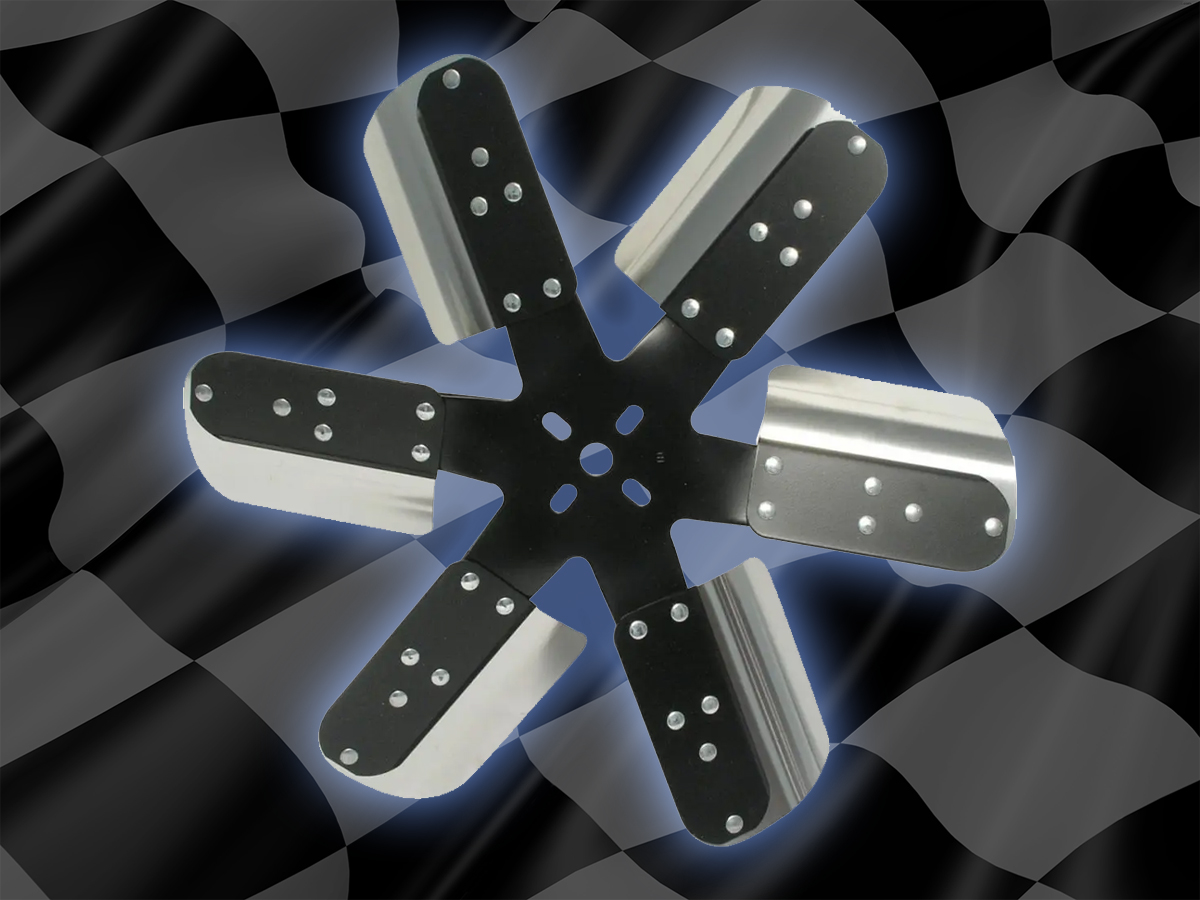
Another gimmick that started a few of decades ago was flexible (mechanical) cooling fans. The hype was that you could free up additional horsepower because your fan blades would ‘flatten out’ at higher engine speeds, thus freeing up power. The truth is that on a typical street driven vehicle, your butt-dyno won’t notice any difference at all from behind the wheel.
I have seen the fans flatten out as low as 1,500 rpm, and they become inefficient at that point. This is typical due to the repeated heat cycles softening up the blades and they flatten out sooner. Sure they look great, and they may work pretty well when new, but eventually they become less efficient with time and use.
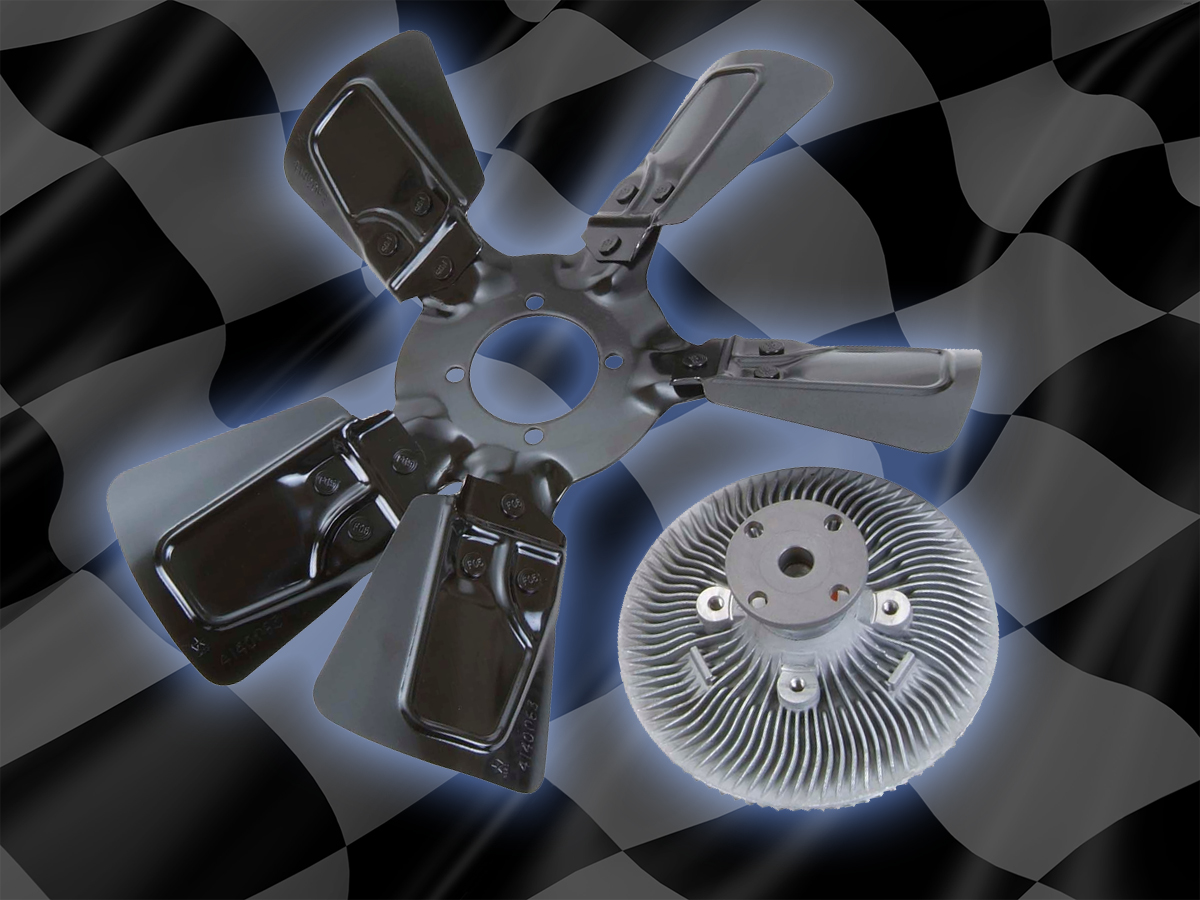
A good mechanical fan would be an OE fan with a minimum of five blades. A little known fact is that the reason one of the blades is spaced differently is to reduce noise. The gap difference between blades creates pulses that help quiet the fan, without affecting its ability to move air. So, they might look awkward, but they work great. A good fan clutch will allow the fan blade to ‘free wheel’ at lower temperatures, and will lock the blade in at higher temps to achieve maximum air flow.
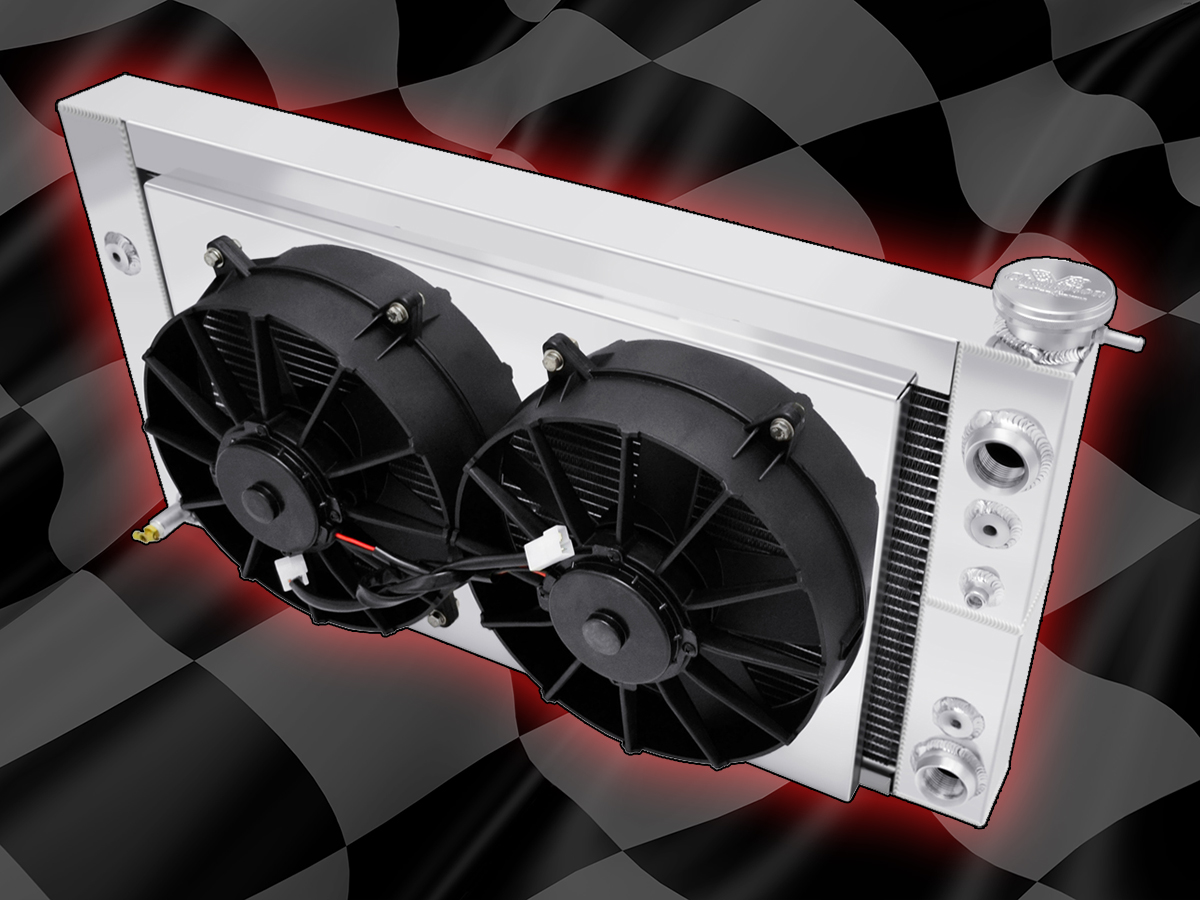
Electric fans can provide great air flow at idle, such as at stop lights, and help to keep the temperatures down. You should try to mount them to a fan shroud, and a puller fan (behind the radiator) is best. Depending on the radiator size and dimensions, there are times when dual fans might move more air than a single larger fan, but mostly it’s based on how much area you can cover with the fan. Sealing up the area around a radiator will help direct air through the radiator while driving, thus forcing air to go through the radiator, instead of around it.
Overheating
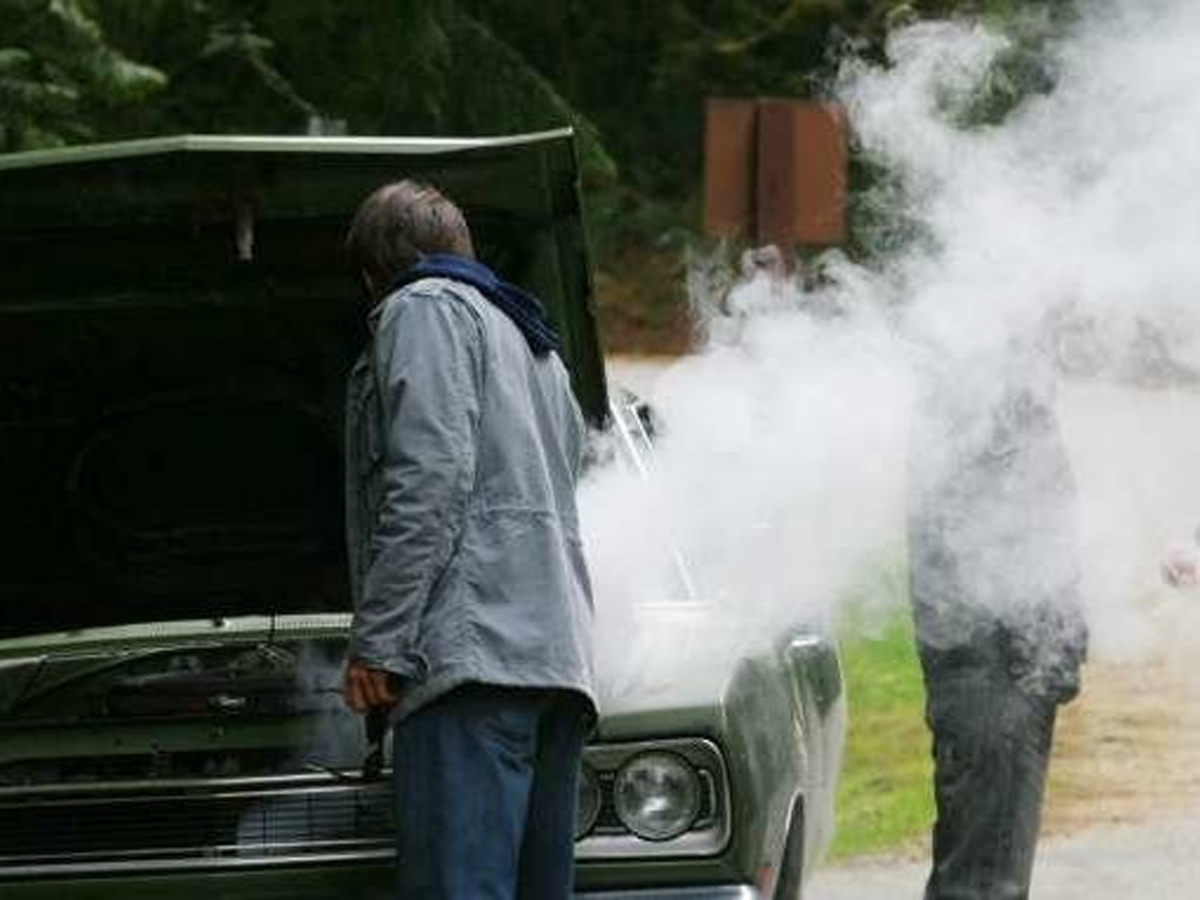
The bottom line is that anytime your engine is overheating, the attention should be focused on fixing the problem, not trying to mask it with additives and gimmicks. Your engine will find its own operating temperature, and that can be anywhere from 180º to as high as 210º. Some engines, like big blocks, might run hotter, and adding a lower thermostat will not necessary change your operating temperature.
Thermostats are generally to help your engine achieve its operating temperature, not to control it. The main thing you want to monitor is if the temperature continues to rise once it reaches 210º, or if it settles there. Many newer engines today run as high as 223º and that is not hurting the engine at all; it’s required for some emissions components to function.
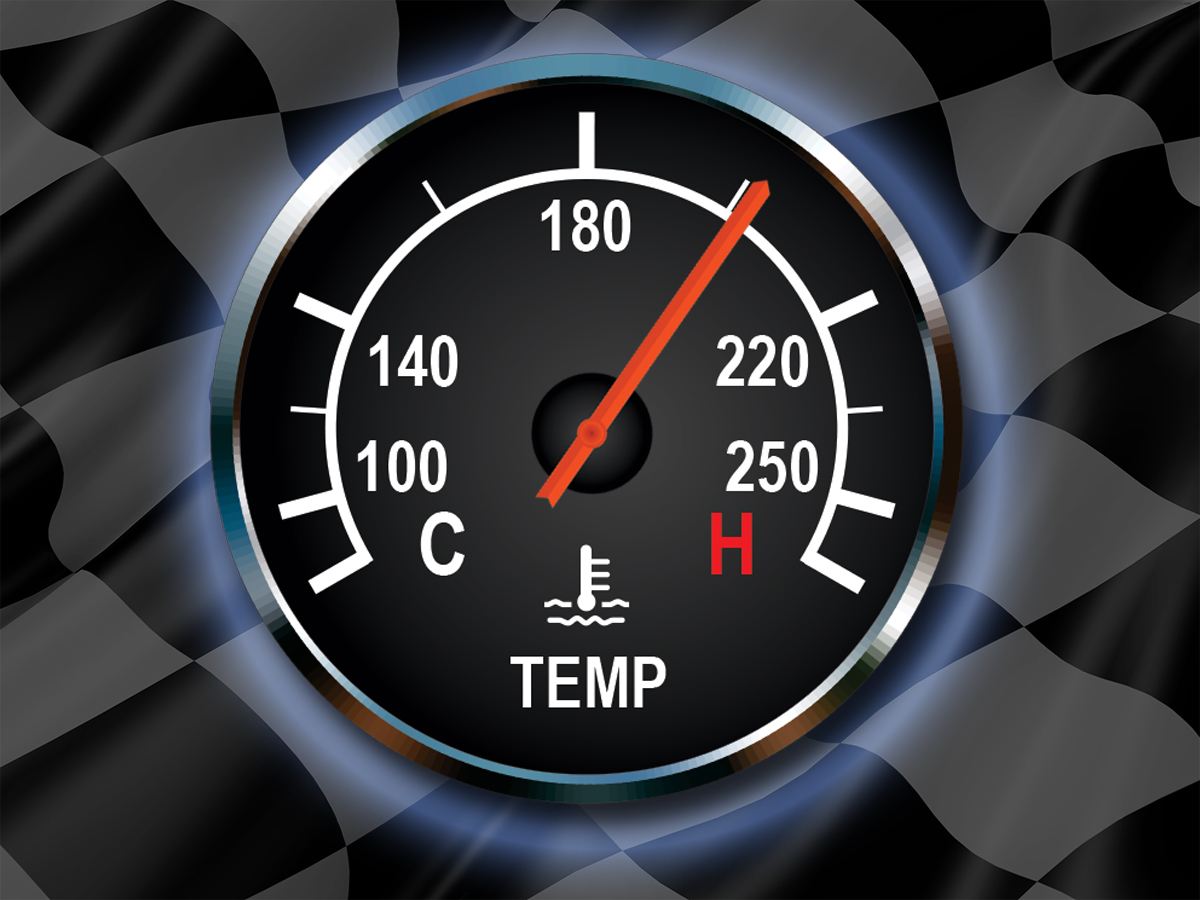
If the temperature continues to climb, then you might have a problem which can be poor air flow, poor coolant flow, or both. You could also have a leak, or plugged tubes in your radiator from debris. The cooling system is one part of your vehicle that should never be overlooked, or taken for granted. The only time I have ever had an overheating issue was a failed pump, or a leak from one of the hoses – which also reduces capacity.
Since the 1970s, every used vehicle I purchase got a rod-out (when it could be performed) or a new radiator, a new water pump, new thermostat, new belts, and new hoses. It’s a good practice to get into; your cooling system is the life-blood of your engine, and a little bit of maintenance goes a long way to keeping your engine running great, and to keep you off the shoulder waiting for a tow rig.


